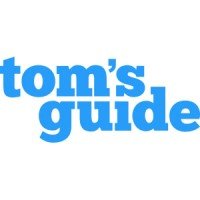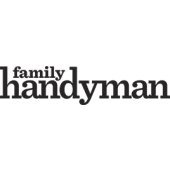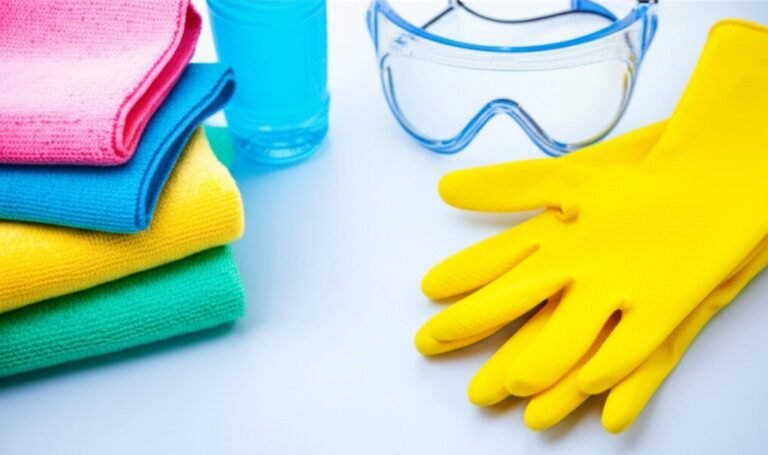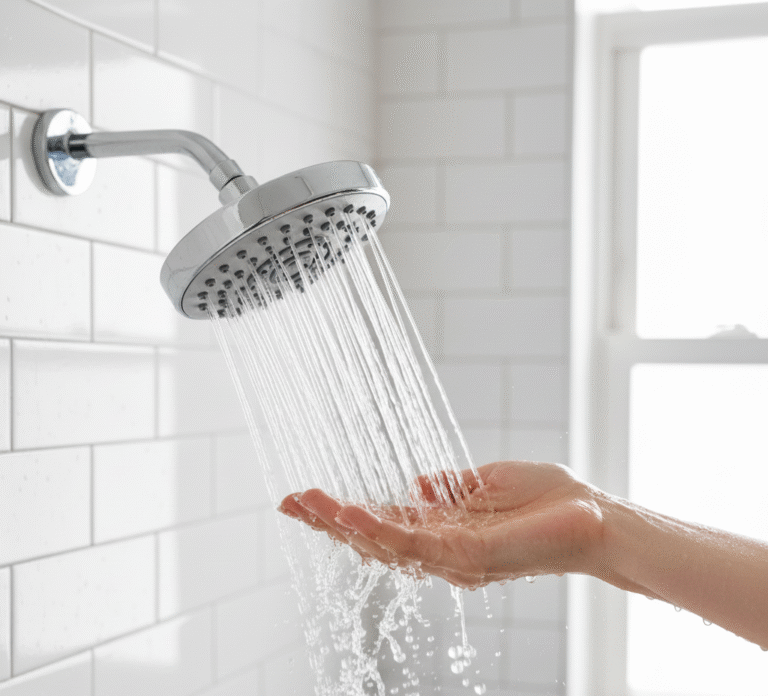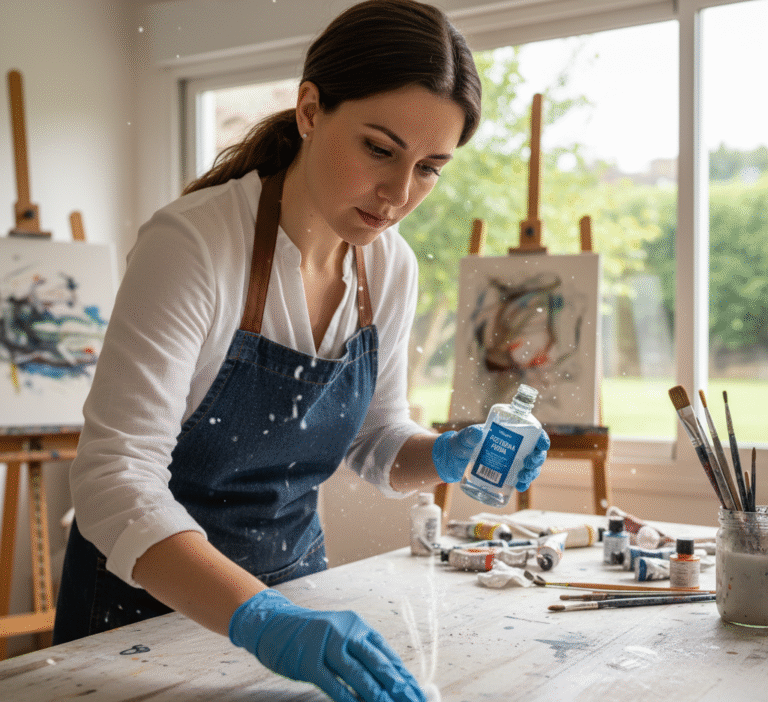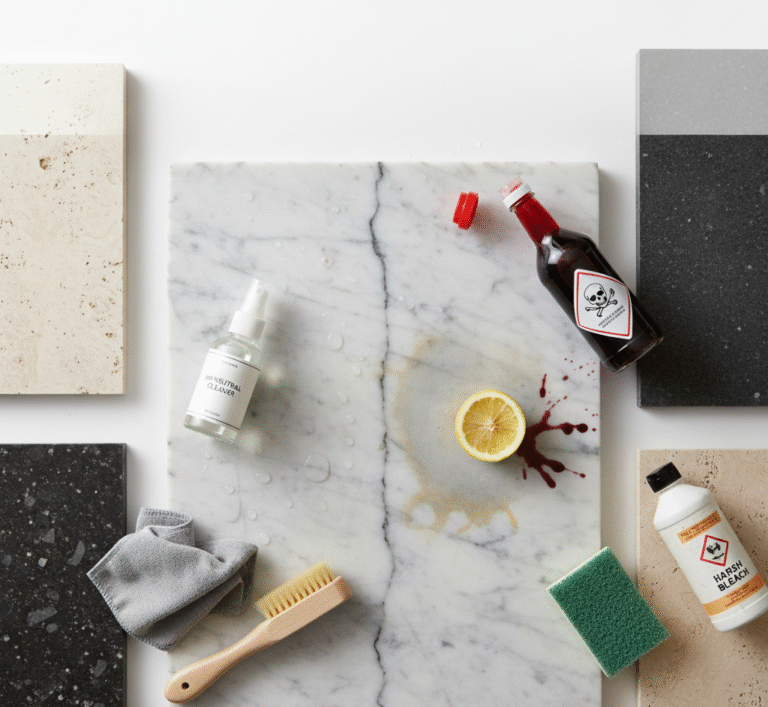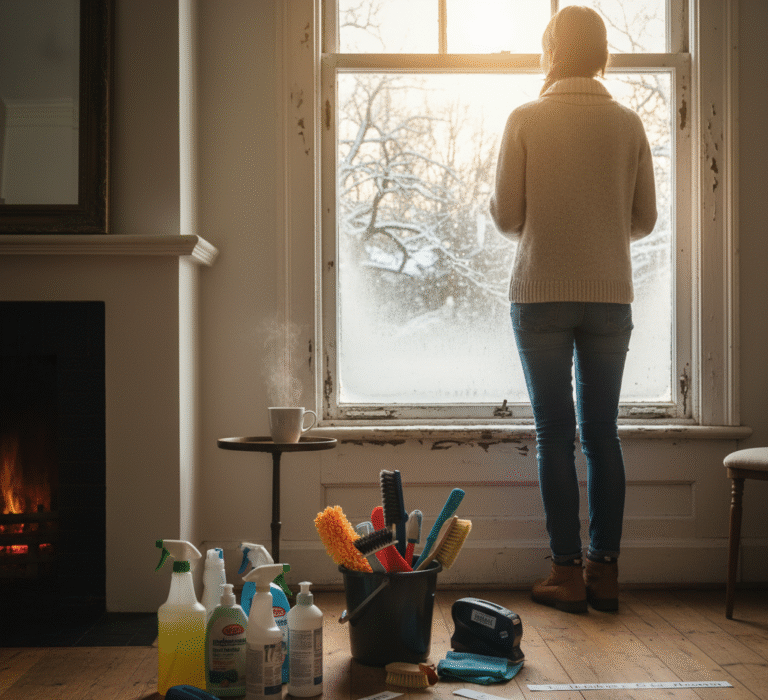Cleaning your home without protection can be dangerous. It’s a battle against dust, dirt, germs, and clutter. In this battle, we arm ourselves with an arsenal of tools: powerful chemical sprays, abrasive sponges, powerful vacuum cleaners, and microfiber cloths. However, amidst the focus on eliminating dirt from our surroundings, one critical element is often overlooked: protecting the combatant. The cleaning process exposes individuals to a variety of occupational hazards, ranging from the seemingly minor, such as dry skin, to the extremely serious, such as chemical burns, respiratory distress, and lasting physical injuries. Wearing a full complement of protective gear is not a sign of over-meticulousness; it’s the hallmark of a smart, safe, and professional approach to a task that involves direct contact with chemicals, biological contaminants, and significant physical exertion.
1.Gloves
The most immediate and constant point of contact in any cleaning endeavor is the hands. They are the primary instruments, manipulating cloths, holding spray bottles, and scrubbing surfaces. The skin, our body’s largest organ, provides a remarkable natural barrier, but it is a barrier with limits. Continuous exposure to water, a universal solvent, systematically strips away the skin’s protective layer of sebum, leading to dehydration, redness, painful cracking, and a compromised ability to defend against infection. Introduce cleaning chemicals into this equation, and the risks escalate dramatically. Detergents, degreasers, disinfectants, and acidic or alkaline solutions can induce contact dermatitis, trigger severe allergic reactions, and, in the case of concentrated agents like oven cleaners or drain unblockers, inflict serious chemical burns.
Therefore, gloves are not an optional accessory; they are an indispensable piece of personal protective equipment. A truly prepared cleaning kit contains multiple types of gloves for different applications. For light-duty tasks requiring high dexterity, such as wiping down countertops, polishing fixtures, or handling soiled laundry, disposable gloves are the superior choice. Nitrile gloves are often preferred over latex due to their superior chemical resistance and the prevalence of latex allergies. They provide a reliable shield against germs and chemicals for short-term use and can be discarded immediately, which is a crucial step in preventing cross-contamination between different areas of the home, like the kitchen and the bathroom. For more demanding jobs, a pair of heavy-duty, reusable gloves is required. Tasks like washing dishes in very hot water, scrubbing floors with strong detergents, or cleaning a mold-affected area call for the robust protection of thick rubber or PVC gloves. These are more durable, less prone to tearing, and often feature longer cuffs that extend up the forearm, providing a crucial defense against splashes. Opting for a pair with a flock lining can significantly increase comfort by absorbing perspiration, allowing them to be worn for longer periods without discomfort. Proper care extends the life and safety of these gloves. After each use, they must be rinsed thoroughly while still on the hands, washed with soap and water, then removed and allowed to air dry completely, both inside and out, to inhibit the growth of bacteria and mold within them.
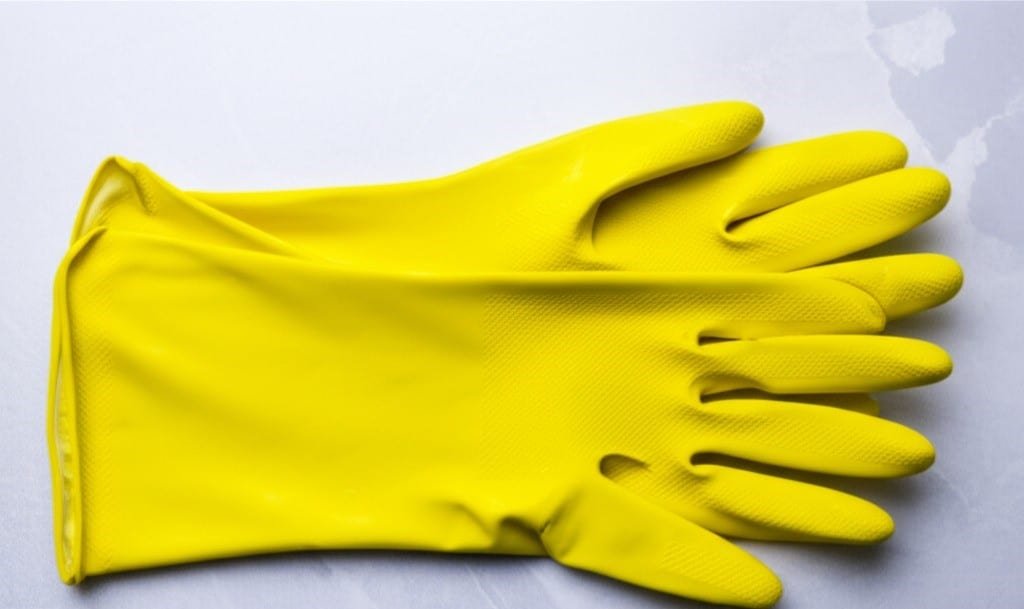
2.Ventilation
As we move from contact hazards to airborne ones, the protection of the respiratory system becomes paramount. Many of the most effective cleaning products achieve their results through chemical reactions that release fumes and volatile organic compounds (VOCs) into the air. When a cleaner is sprayed, it is aerosolized, creating a fine mist of chemical droplets that are easily inhaled. The acrid scent of bleach, the sharp, pungent odor of ammonia-based glass cleaners, or the powerful fumes from a self-cleaning oven cycle are all indicators of airborne chemicals that can irritate the delicate mucous membranes of the nose, throat, and lungs. For individuals with asthma, allergies, or other respiratory sensitivities, this exposure can trigger wheezing, coughing, and shortness of breath. Even for those without pre-existing conditions, chronic, long-term inhalation of these fumes can contribute to a range of health problems.
The first line of defense is always ventilation. Opening windows and doors to create a cross-breeze and using an exhaust fan can significantly dilute the concentration of airborne chemicals. However, ventilation alone is not always sufficient, especially in enclosed spaces like small bathrooms or when dealing with particularly potent substances or large amounts of particulates. In these cases, respiratory protection is essential. For tasks that kick up a lot of dust, pet dander, or debris, such as sweeping a dusty garage, deep-cleaning carpets, or clearing out a long-neglected storage area a well-fitting N95 respirator is the appropriate choice. Unlike a simple dust mask, an N95 is certified to filter out at least 95 percent of fine airborne particles, providing meaningful protection against allergens and irritants that can penetrate deep into the lungs. When working with aggressive chemicals known to produce harmful vapors, such as certain solvents, paint strippers, or heavy-duty oven cleaners, a more advanced respirator is warranted. An elastomeric half-mask respirator with interchangeable cartridges designed to filter organic vapors offers a much higher level of protection. It is also a vital piece of safety knowledge that mixing certain household cleaners can create lethal gases. The most infamous combination, bleach and ammonia, produces toxic chloramine gas, while mixing bleach with acidic cleaners can release chlorine gas. Proper respiratory protection, coupled with unwavering adherence to the rule of never mixing cleaning products, is a foundational principle of household safety.
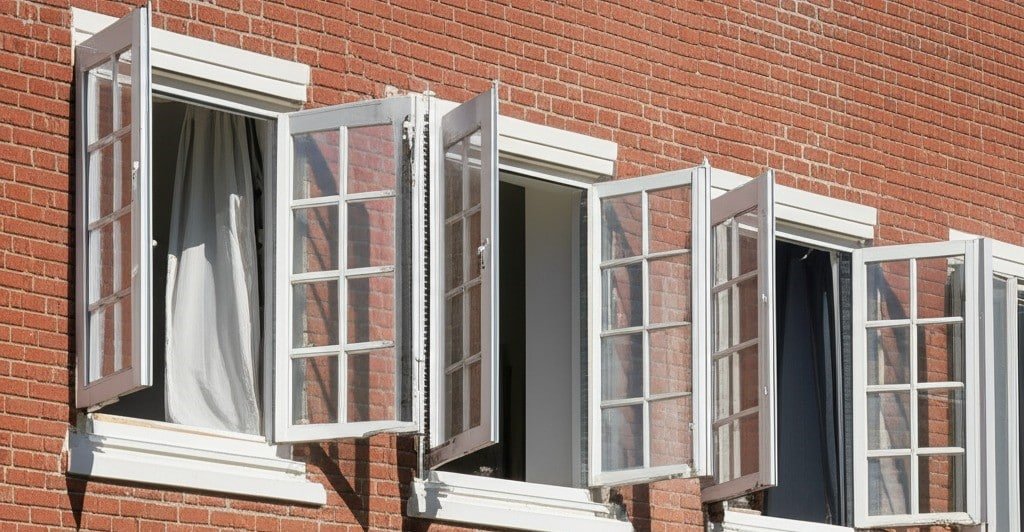
3.Safety Glasses
The eyes, with their delicate and irreplaceable tissues, are uniquely vulnerable to cleaning-related injuries. A single misdirected splash of a chemical cleaner can cause immediate, intense pain and has the potential to inflict permanent corneal damage and vision loss. These incidents can happen with surprising ease: a toilet brush flicking contaminated water upwards, an aerosol spray nozzle sputtering unexpectedly, or gravity pulling droplets down as you clean a surface overhead, like a showerhead or a ceiling fan. Standard eyeglasses or sunglasses offer minimal protection, as splashes can easily enter from the sides, top, or bottom.
The gold standard for eye protection during cleaning is a pair of safety goggles. Goggles are designed to form a seal around the eye sockets, providing comprehensive, 360-degree protection from chemical splashes, aerosolized mists, and airborne debris. For lighter tasks where the risk of a direct splash is lower, a pair of wrap-around safety glasses with integrated side shields can offer a reasonable level of protection and may be more comfortable for some. When selecting eye protection, look for products that are rated for chemical splash resistance and carry a recognized safety certification (such as ANSI Z87.1). An anti-fog coating is a highly valuable feature, preventing your vision from becoming obscured, which is especially useful when working in a steamy bathroom or while also wearing a respiratory mask. Investing in and consistently wearing proper eye protection is a simple, low-cost measure that effectively prevents a potentially life-altering injury.
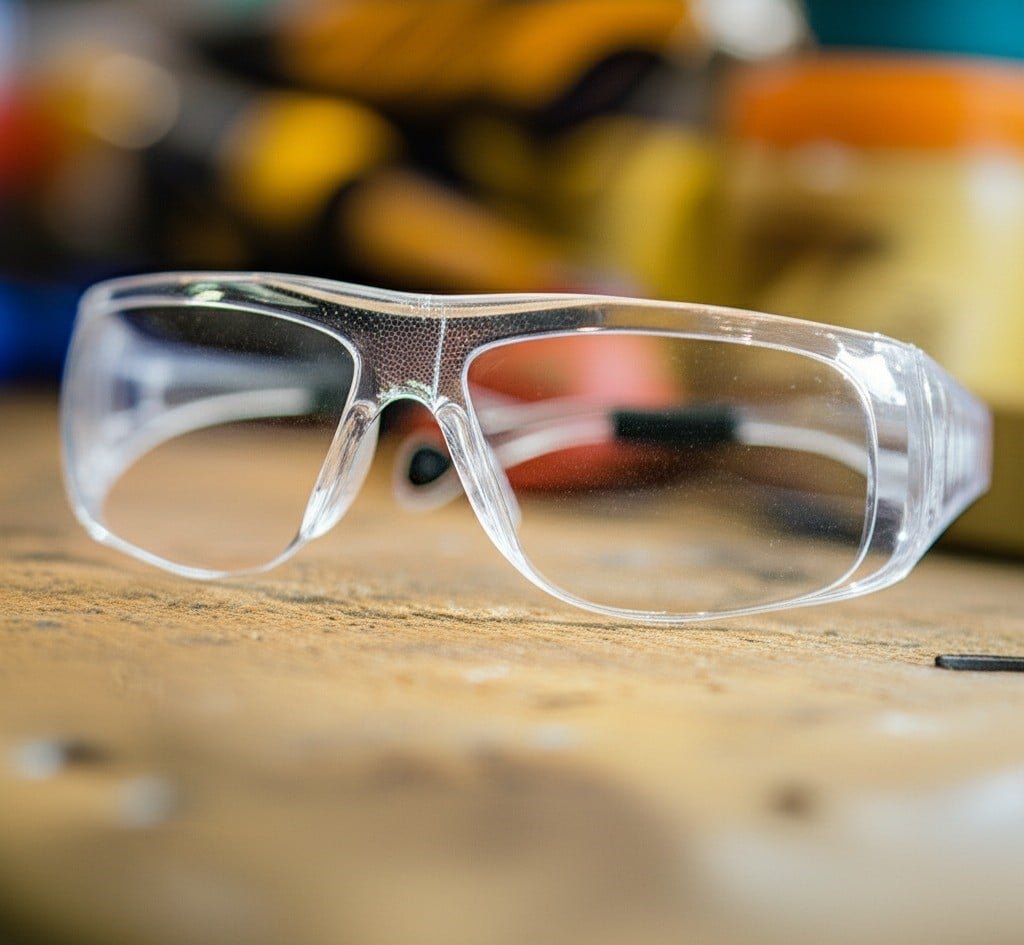
4.Apron
Beyond the immediate risks to hands, lungs, and eyes, protecting the rest of the body is a practical matter of hygiene and preservation of clothing. Chlorine bleach is the most notorious culprit, capable of instantly and permanently removing color from fabrics, but many other cleaning agents can stain, discolor, or degrade textiles. The simplest strategy is to designate a specific set of “cleaning clothes” an old t-shirt, durable pants, and long-sleeved shirt that you won’t mind getting dirty or damaged. For a higher level of protection, a cleaning apron is an excellent investment. A waterproof or water-resistant apron, made from a material like PVC or treated canvas, creates a robust barrier for your torso and upper legs. It shields your clothing not only from chemical splashes but also from becoming saturated with water during wet work like mopping or scrubbing a tub. Many aprons also feature large pockets, which are incredibly practical for keeping essentials like a cleaning cloth, a detail brush, or a spare pair of gloves readily accessible, freeing up your hands and improving your workflow. For extensive or particularly messy projects, such as clearing out a hoarded space or dealing with the aftermath of a flood, disposable coveralls can provide full-body protection.
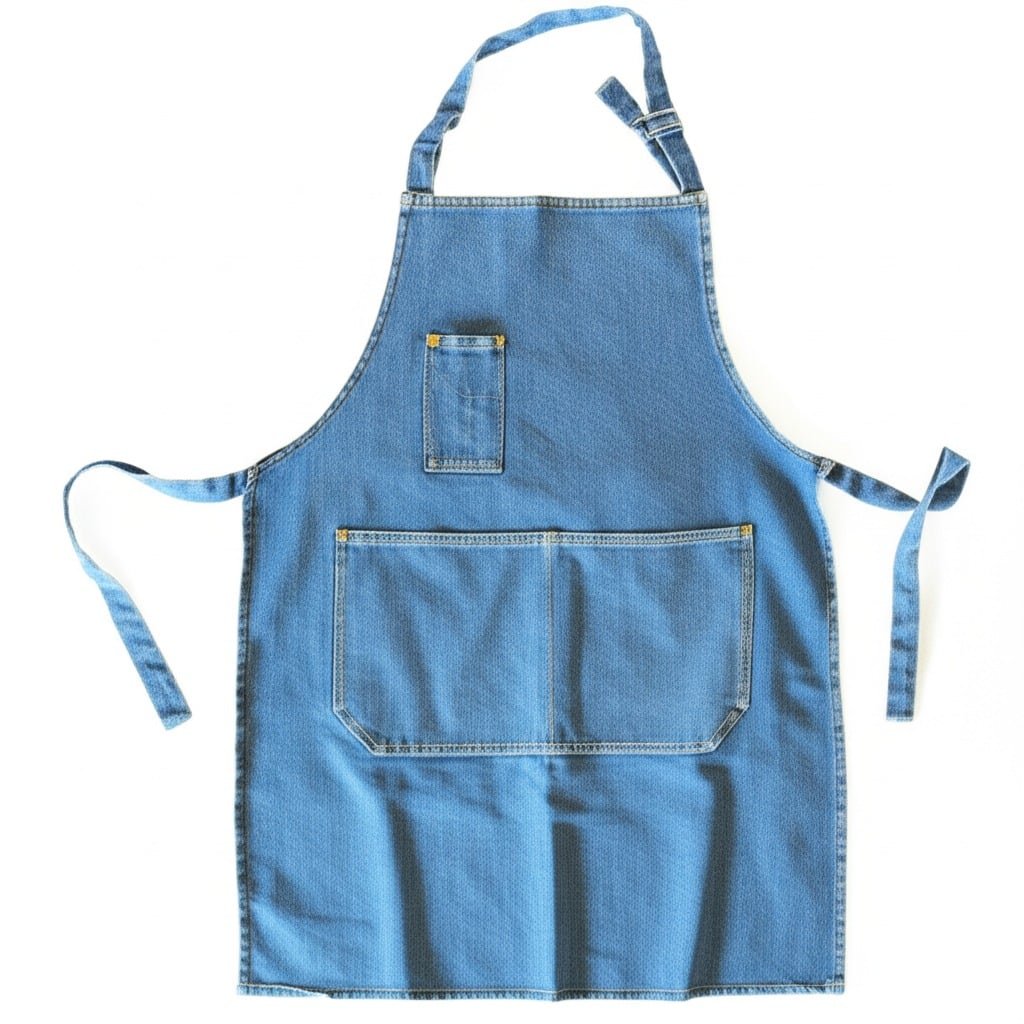
5.Knee Pads
The physical toll of cleaning is another critical consideration, often leading to musculoskeletal strain and chronic pain. Many essential cleaning tasks, such as scrubbing floors, cleaning baseboards, detailing the inside of a shower, or reaching into low cabinets, require prolonged periods of kneeling. This posture places immense, concentrated pressure on the kneecaps, leading to bruising, inflammation, and long-term joint damage. A simple, inexpensive pair of foam or gel-filled knee pads, similar to those used by gardeners or flooring installers, can completely mitigate this risk. They cushion the joints and distribute body weight more evenly, allowing you to work comfortably and effectively without inflicting cumulative damage on your body. This principle of ergonomic protection extends further. Using tools with long handles, such as extendable dusters or scrub brushes, eliminates the need to bend over or over-reach, protecting your back. A sturdy step stool should be used to safely reach high areas, preventing the dangerous temptation to stand on a chair. Utilizing a bucket with wheels avoids the strain of carrying several gallons of water.
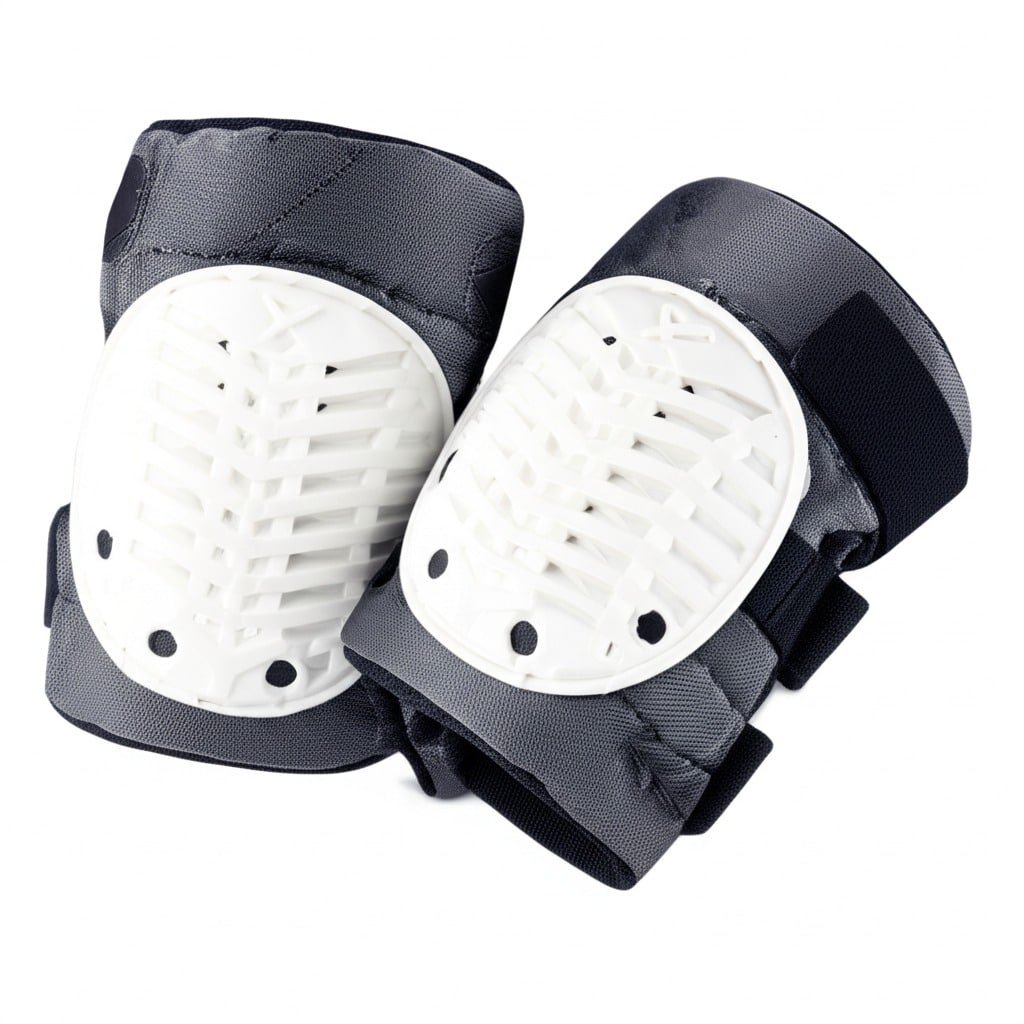
6.Shoes
Finally, the foundation of safety in a cleaning environment is proper footwear. Cleaning frequently involves wet and slick surfaces, creating a prime scenario for a slip-and-fall accident, which is one of the most common household injuries. Navigating a freshly mopped floor or a wet bathroom in socks, slippers, or bare feet is courting disaster. The appropriate choice is a pair of closed-toe, non-slip shoes. The closed-toe design protects your feet from dropped objects and chemical spills, while a high-quality rubber sole with a deep tread provides the necessary traction to remain stable and secure on wet tile, vinyl, or hardwood. A waterproof or water-resistant upper is also beneficial, keeping your feet dry and comfortable. Designating a specific pair of shoes for cleaning ensures you are always protected without tracking dirt from outside into the very spaces you are working to clean.
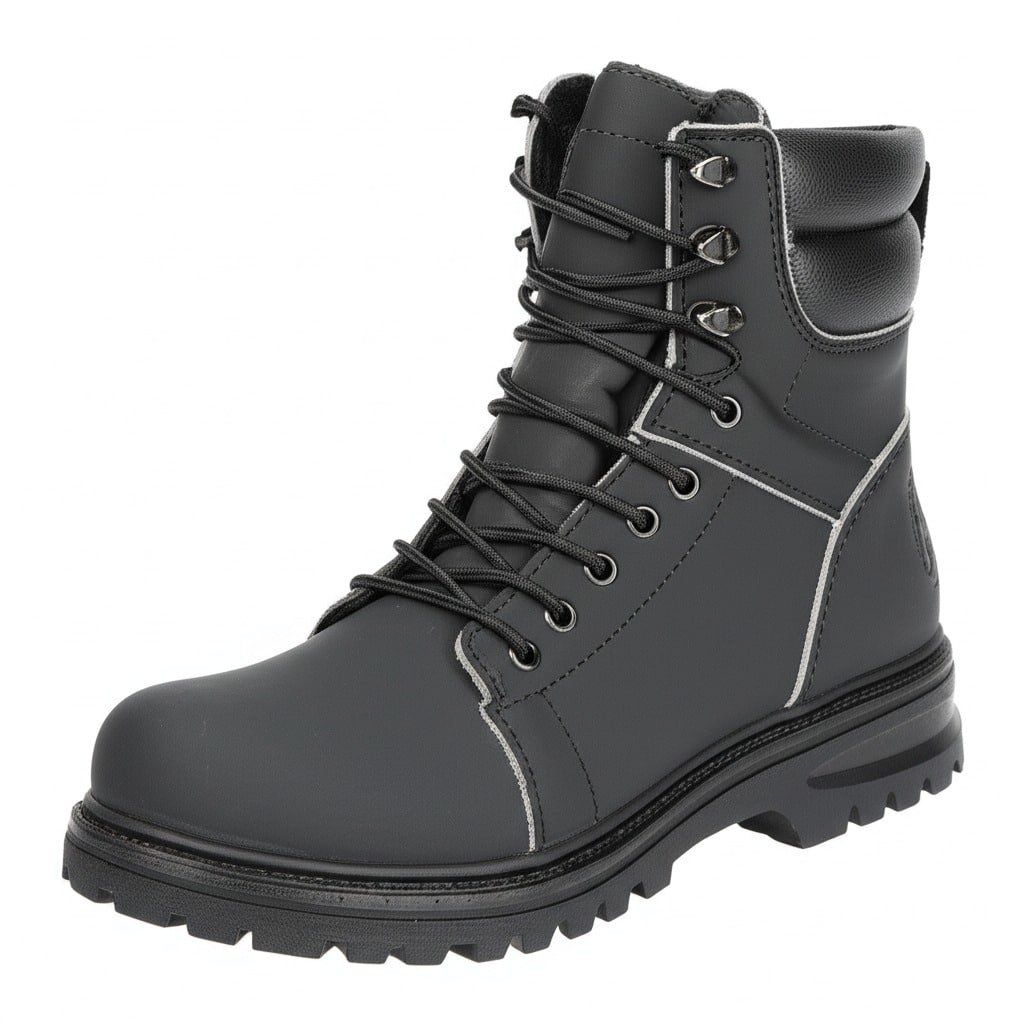
Ultimately, approaching house cleaning requires a fundamental shift in perspective. It is not merely a domestic chore; it is a form of physical labor fraught with chemical, biological, and ergonomic risks. By consciously arming yourself with a comprehensive set of protective items, from chemical-resistant gloves for your hands and a properly rated respirator for your lungs to splash-proof goggles for your eyes and non-slip shoes for your feet, you elevate the practice. You are no longer just fighting dirt; you are actively preserving your own health and safety. This holistic approach to protection allows you to confront any cleaning challenge, from a routine wipe-down to a deep-clean overhaul, with the confidence and security of a true professional.
Ensuring your personal safety with the right protective equipment for your hands, lungs, eyes, and body is the first and most important step in any cleaning job. It’s a non-negotiable standard for preventing injury and ensuring a job is done right. For a truly professional clean where comprehensive safety and meticulous results are paramount, consider Toronto Shine Cleaning.








